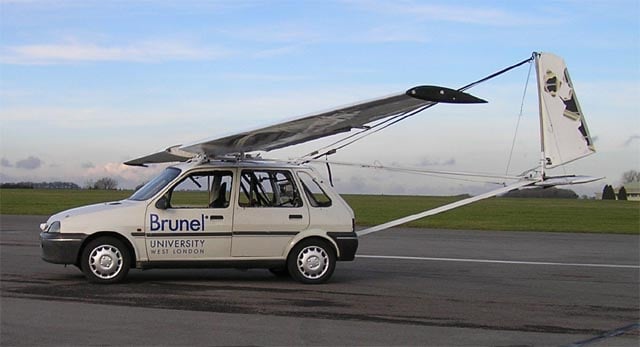Only if you were to have insanely large fans in front of the aircraft forcing the fluid over the vanes (airplane wings) would you have a situation where the plane would lift. At that point in time if the engines were generating enough forward thrust you could continue to fly forward.
A plane could be on a parked piece of concrete not moving facing into a headwind of 500 mph and it would ascend vertically if you were able to balance the direction of the air flow as the plane ascended.
A plane could be on a parked piece of concrete not moving facing into a headwind of 500 mph and it would ascend vertically if you were able to balance the direction of the air flow as the plane ascended.




